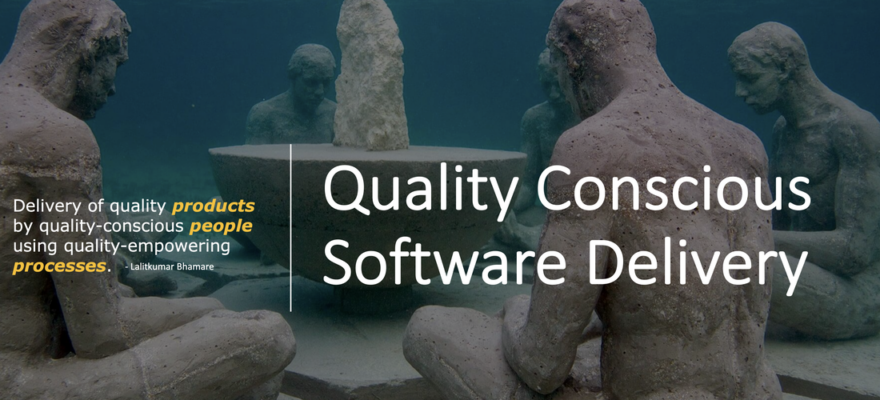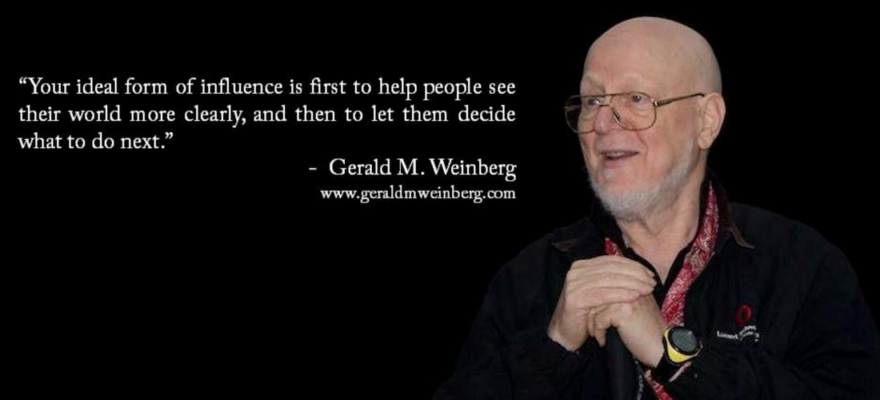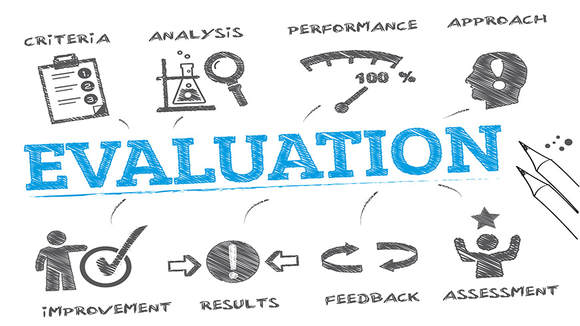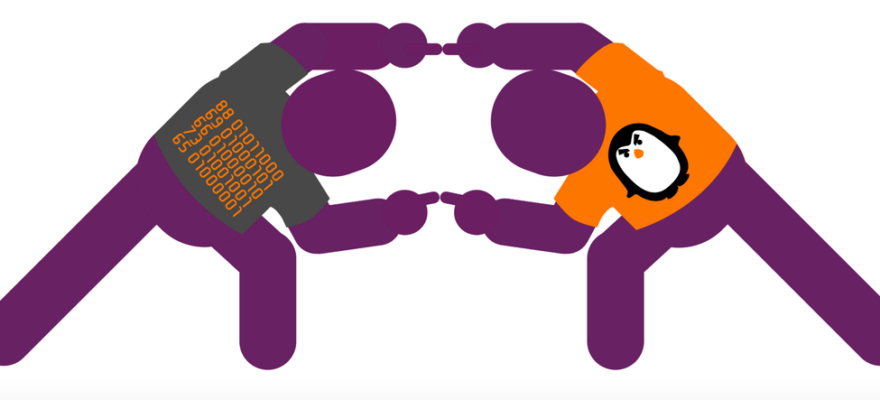
Photo by Clemens van Lay on Unsplash I am often asked why do I do what I do beyond my full time job. I could simply say it’s my passion for software testing but I personally don’t find that answer …










Software Testing and Quality Evangelist | Quality Management Consultant | Community Builder | International Keynote Speaker | Director at Association for Software Testing | CEO, Co-founder & Chief Editor Tea-time with Testers magazine.

Follow Me